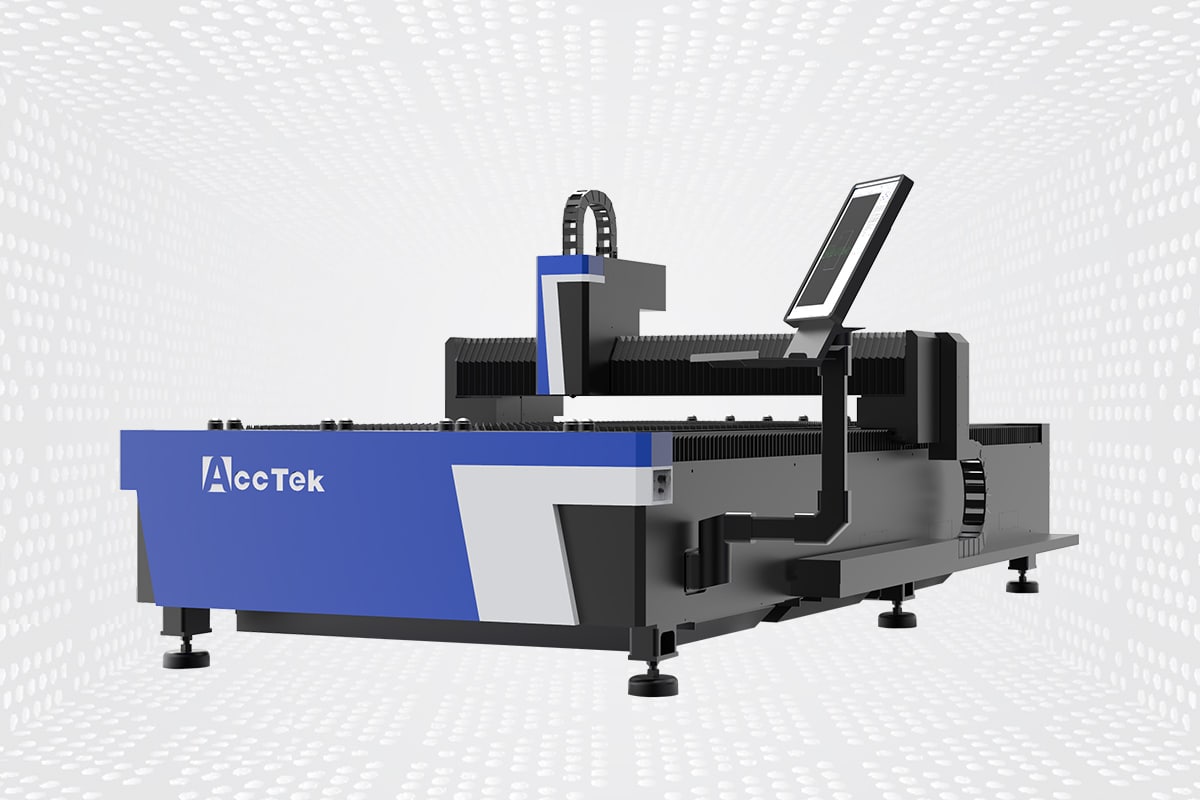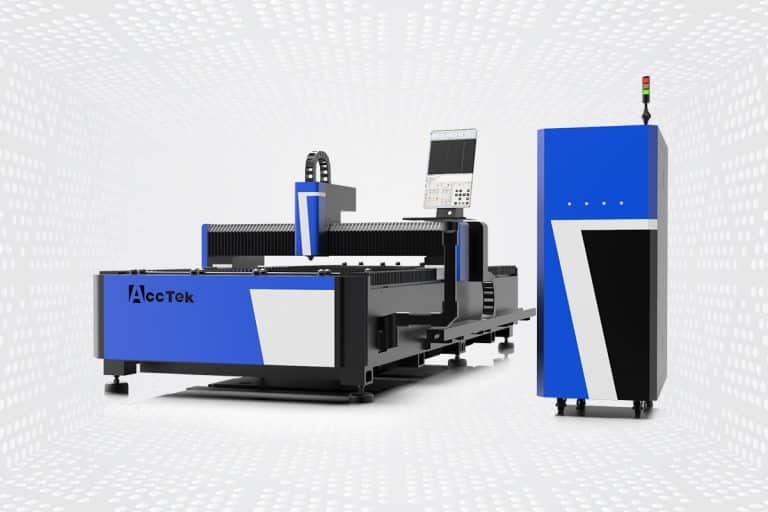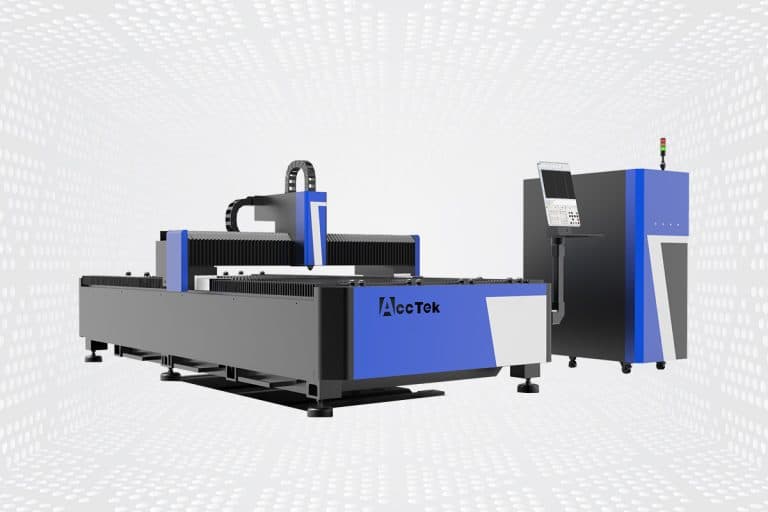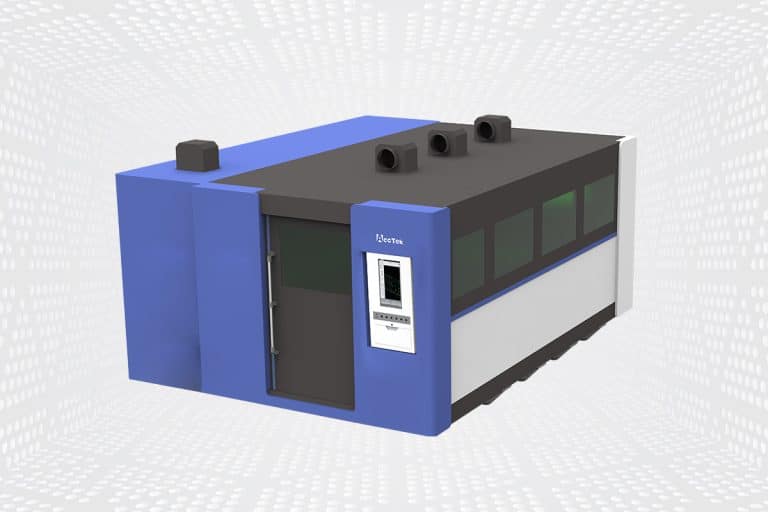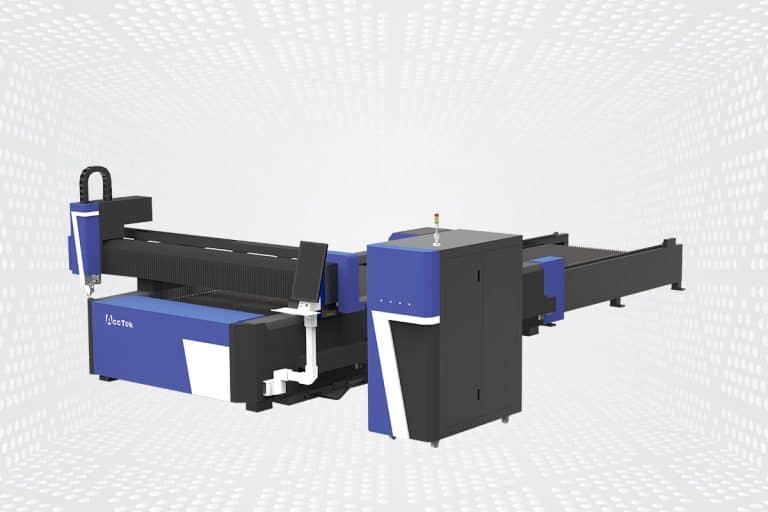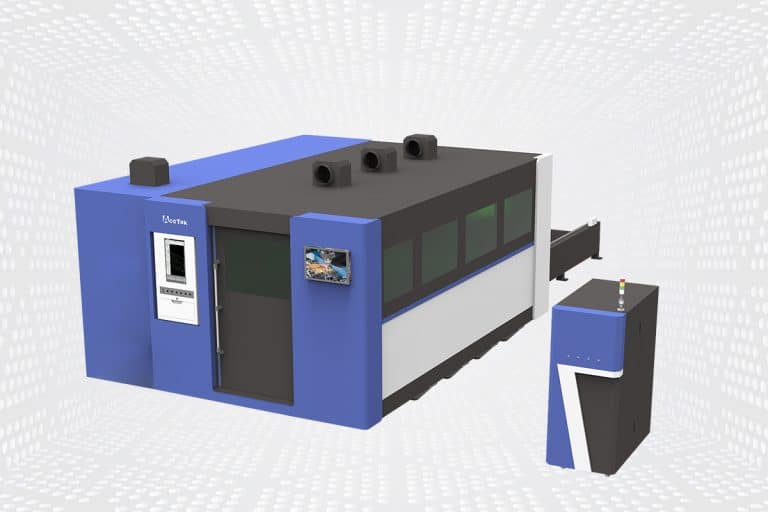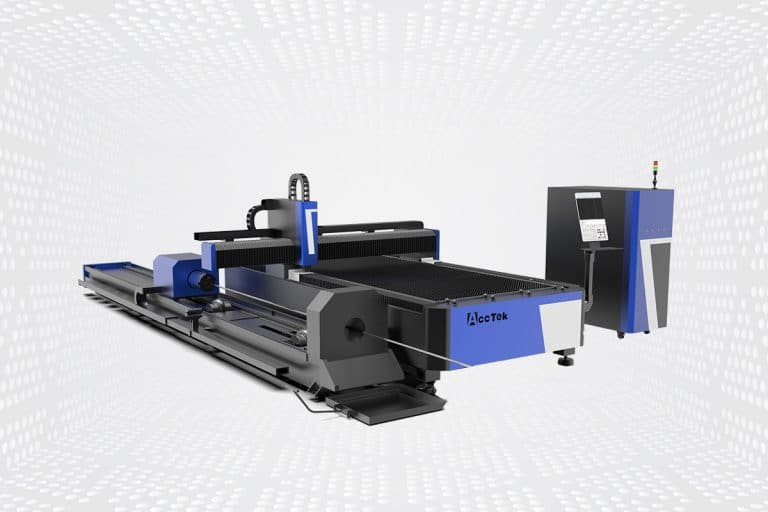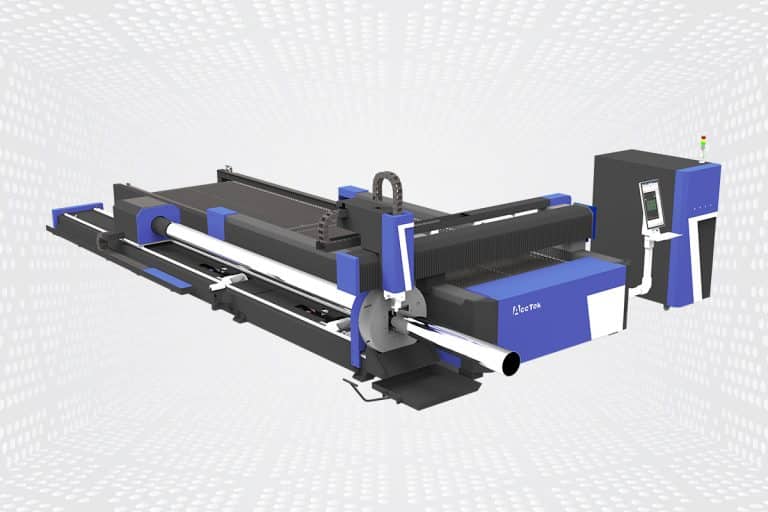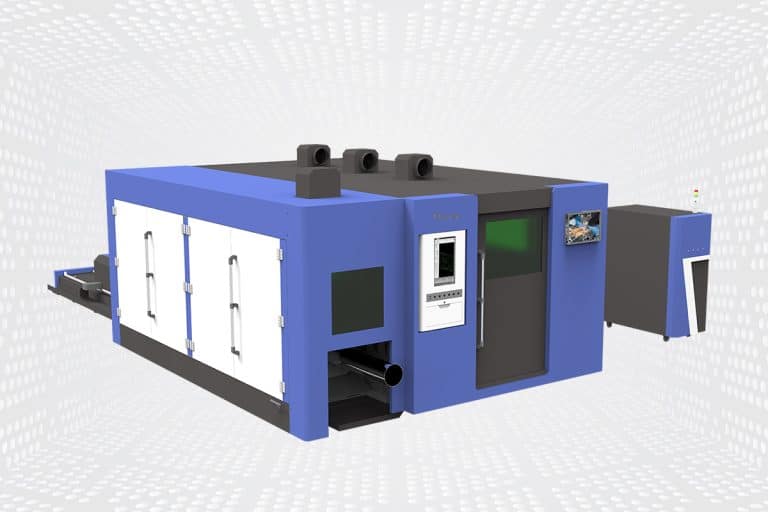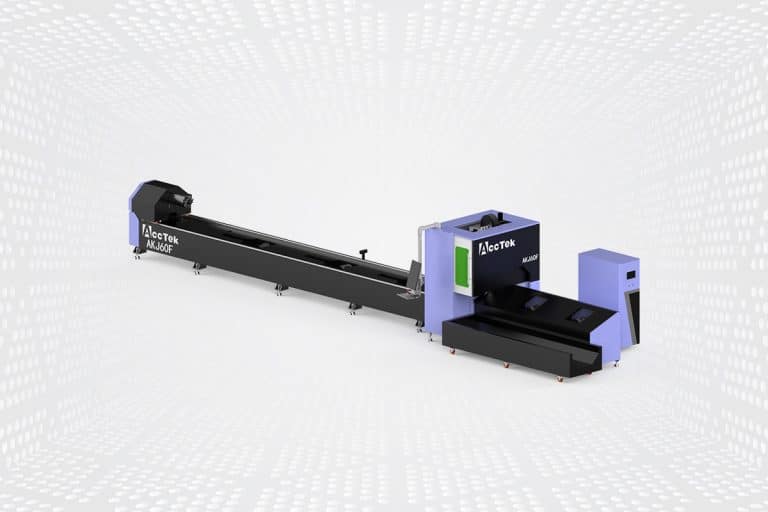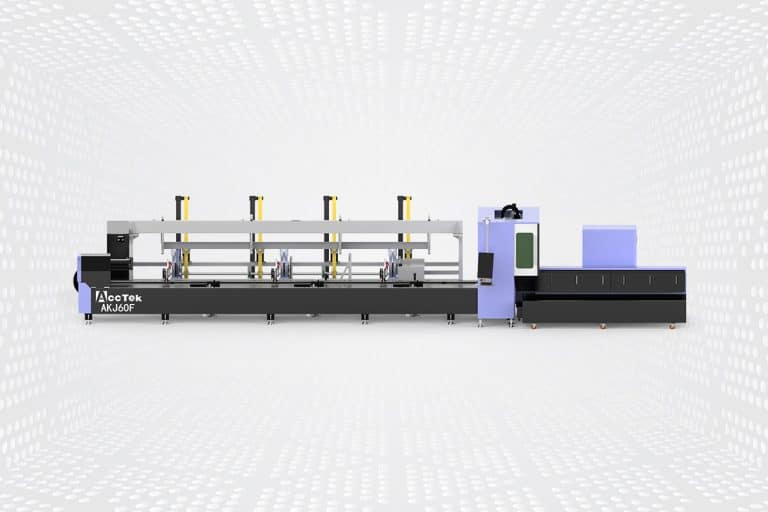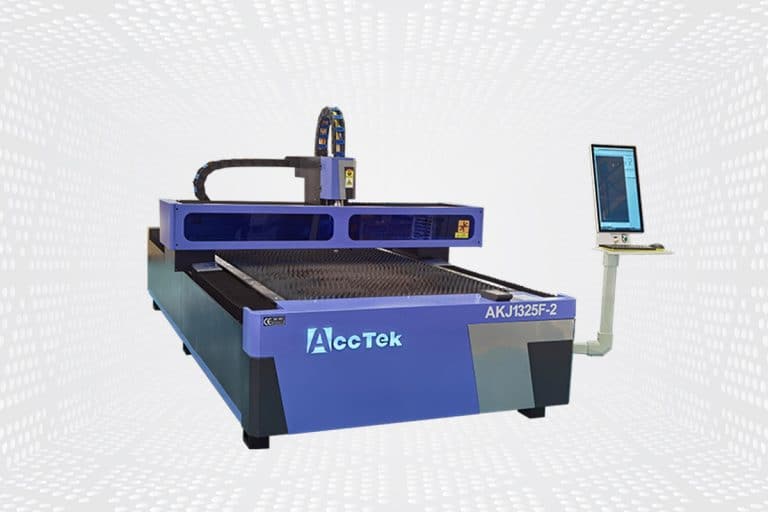Laser Cutting Machine
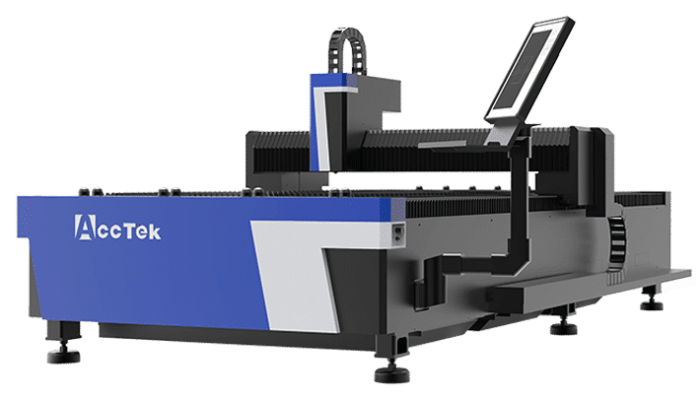
Product Range
Laser Cutting VS. Other Methods
Laser Cutting vs. Plasma Cutting
Laser cutting offers superior accuracy and smoother edges compared to plasma cutting. Plasma cutting is generally faster but can result in rough, uneven cuts, especially on thinner materials. Laser cutting, on the other hand, provides cleaner, more precise cuts with minimal heat distortion, making it ideal for intricate designs and thin to medium-thickness materials.
Laser Cutting vs. Water Jet Cutting
Water jet cutting uses a high-pressure water stream mixed with abrasives, which can cut through a wide range of materials. However, it is slower than laser cutting and may lead to more material wastage. Laser cutting excels in speed and precision, especially on metals, acrylics, and wood, offering cleaner edges with no need for post-processing.
Laser Cutting vs. CNC Milling
CNC milling is effective for shaping materials and creating complex 3D parts, but it can be slower and results in more tool wear over time. Laser cutting offers faster processing times, higher precision, and no physical contact with the material, reducing the risk of wear and tear while delivering detailed, high-quality cuts.
Why Choose AccTek Laser
At AccTek Laser, we are committed to delivering state-of-the-art laser-cutting machines that combine advanced technology, reliability, and cost-effectiveness. With years of experience in the industry, we offer solutions tailored to meet the specific needs of your business.
Cutting-Edge Technology
AccTek Laser machines utilize the latest laser technology, ensuring high precision and fast cutting speeds. Our systems provide unmatched accuracy and efficiency, ensuring the best quality cuts across various materials with minimal distortion.
Custom Solutions
We understand that every business has unique requirements. That's why we offer customizable options, including power ranges, work area sizes, and cutting speeds, allowing you to tailor our machines to fit your specific production needs and material types.
Exceptional Energy Efficiency
Our laser cutting machines are designed for maximum energy efficiency. With lower power consumption and optimized performance, AccTek Laser machines help reduce operational costs, making them a cost-effective solution for both small and large-scale manufacturing.
Durability and Reliability
AccTek Laser cutting machines are engineered for long-term durability, with high-quality components and precision manufacturing. Our machines are designed to provide consistent, reliable performance, reducing maintenance needs and extending the lifespan of your equipment.
After-Sales Support
We believe in building long-term relationships with our customers. AccTek Laser provides exceptional after-sales support, including installation, training, and ongoing technical assistance. Our team is always ready to help you optimize machine performance and resolve any issues quickly.
Competitive Pricing and Value
At AccTek Laser, we offer high-performance laser-cutting machines at competitive prices, ensuring that you get the best value for your investment. Our machines deliver outstanding quality at an affordable cost, making us a trusted partner for your manufacturing needs.
Frequently Asked Questions
What Are Laser Cutting Machines?
What Can Laser Cutting Machines Do?
- Cutting: Laser cutting machines can cut through various materials with high precision, including metals (such as steel, aluminum, and brass), wood, plastics, acrylics, rubber, fabrics, leather, and more. They can create intricate shapes, straight lines, and curves with smooth edges.
- Engraving and Marking: Laser-cutting machines can engrave or mark surfaces by removing material or changing their appearance through controlled laser energy. This is commonly used for adding serial numbers, logos, text, graphics, or decorative patterns onto items made of metal, wood, glass, plastics, and other materials.
- Prototyping and Rapid Manufacturing: Laser cutting is often used in prototyping and rapid manufacturing processes, allowing for quick production of small batches or one-off parts. It enables designers and engineers to test designs, iterate quickly, and bring products to market faster.
- Customization and Personalization: Laser cutting machines are ideal for customization and personalization tasks, such as creating bespoke signage, promotional items, gifts, jewelry, architectural models, and decorative elements. They offer flexibility in design and can accommodate individual preferences and unique requirements.
- Precision Cutting: Laser technology provides high precision and accuracy, making it suitable for cutting intricate shapes, fine details, and small features. This precision is valuable in industries like electronics, aerospace, medical devices, and microfabrication.
- Material Processing: Laser-cutting machines can process a wide range of materials with varying thicknesses, textures, and properties. They can cut through thick metals for industrial applications or delicately etch delicate materials for artistic purposes.
- Automation and Integration: Laser cutting systems can be integrated into automated production lines and CNC (Computer Numerical Control) systems, allowing for high-volume production with minimal human intervention. This automation enhances efficiency, consistency, and productivity in manufacturing operations.
What Is The Price Of Laser Cutting Machines?
- Entry-level desktop or hobbyist machines: These smaller machines are typically designed for light-duty cutting and engraving tasks on materials like wood, acrylic, and leather. Prices for entry-level machines can start from a few hundred dollars to a few thousand dollars.
- Mid-range machines: These machines offer higher power and larger cutting areas, making them suitable for more demanding applications in small businesses, workshops, and educational institutions. Prices for mid-range machines can range from several thousand dollars to tens of thousands of dollars.
- Industrial-grade machines: These high-end machines are designed for heavy-duty cutting and engraving tasks in large-scale manufacturing facilities and industrial settings. They offer advanced features, higher precision, and faster cutting speeds. Prices for industrial-grade machines can range from tens of thousands of dollars to several hundred thousand dollars or more, depending on the specifications and customization options.
How Thick Can Lasers Cut?
- Metal: Laser cutting is commonly used for thin to medium thicknesses of metals. Fiber lasers are particularly well-suited for cutting metals such as steel, stainless steel, and aluminum. Generally, fiber lasers can cut through metal sheets ranging from a fraction of a millimeter (for thin metals) up to several centimeters thick (for thicker materials), depending on the laser power and material properties.
- Wood: Laser cutting is highly effective for cutting various types of wood, including plywood, MDF (medium-density fiberboard), and solid wood. The thickness that a laser can cut through wood depends on factors such as the wood density, the type of wood, and the laser power. In general, lasers can cut through wood up to several centimeters thick, with thicker cuts achievable for softer woods.
- Plastic: Laser cutting is commonly used for cutting acrylic, polycarbonate, PVC, and other types of plastic materials. The thickness that a laser can cut through plastic depends on factors such as the material’s composition, density, and melting point. In general, lasers can cut through plastic sheets ranging from fractions of a millimeter to several centimeters thick.
- Fabric and Textiles: Laser cutting is widely used in the textile industry for cutting fabrics, leather, and other soft materials. The thickness that a laser can cut through fabric depends on factors such as the material’s density, composition, and weave. In general, lasers can cut through fabric and textiles ranging from fractions of a millimeter to several millimeters thick.
What Are The Dangers Of Laser Cutting?
- Eye and Skin Hazards: The intense light produced by lasers, especially high-powered lasers, can cause severe eye injuries if proper eye protection is not worn. Direct exposure to the laser beam or even reflected beams can cause burns to the eyes and skin. Operators and nearby personnel should always wear appropriate laser safety goggles and clothing to protect against these hazards.
- Inhalation of Fumes and Particles: Laser cutting can produce fumes, gases, and fine particles when cutting certain materials, especially plastics, wood, and metals. These fumes and particles may contain hazardous substances such as volatile organic compounds (VOCs), metal fumes, and fine dust particles. Adequate ventilation systems, such as fume extractors or local exhaust ventilation, should be used to remove these contaminants from the work area and protect operators’ respiratory health.
- Fire and Combustion Hazards: Laser cutting produces a concentrated beam of intense heat, which can ignite flammable materials such as paper, cardboard, fabric, and certain types of plastics. Additionally, sparks and molten debris generated during the cutting process can pose a fire risk if they come into contact with combustible materials nearby. Proper fire safety measures, such as fire extinguishers, spark guards, and fire-resistant barriers, should be in place to minimize the risk of fires.
- Electrical Hazards: Laser cutting machines use high-voltage electrical systems to generate and control the laser beam. Improper handling or maintenance of electrical components can result in electric shocks, electrical burns, or other electrical hazards. Operators should follow proper lockout/tagout procedures when servicing or repairing laser-cutting equipment to prevent accidental contact with live electrical parts.
- Mechanical Hazards: Laser cutting machines typically have moving parts such as motors, belts, pulleys, and cutting heads, which can pose crushing, entanglement, or impact hazards if not properly guarded or maintained. Operators should be trained in safe operating procedures and use machine guards and safety interlocks to prevent accidental contact with moving parts.
What Is The Difference Between CNC Cutting And Laser Cutting?
- Technology
- CNC Cutting: CNC (Computer Numerical Control) cutting refers to the process of cutting materials using a computer-controlled machine tool. These machines can include various types of cutting tools, such as saws, routers, plasma cutting machines, and waterjets, among others. CNC cutting machines are versatile and can be used for cutting, drilling milling, and other machining operations.
- Laser Cutting: Laser cutting uses a high-powered laser beam to cut through materials with precision. The laser beam is generated by a laser resonator and directed through a series of mirrors or fiber optics to the cutting head, where it is focused on the workpiece. Laser-cutting machines are capable of cutting a wide range of materials, including metals, plastics, wood, and more, with high accuracy and speed.
- Cutting Method
- CNC Cutting: CNC cutting machines use mechanical tools, such as blades, drills, or cutting heads, to physically remove material from the workpiece. The cutting tool is controlled by a computer program that specifies the cutting path and parameters.
- Laser Cutting: Laser cutting machines use a focused laser beam to melt, burn, or vaporize material along the cutting path. The intense heat generated by the laser beam results in a clean and precise cut, with minimal material deformation or tool wear.
- Precision and Accuracy
- CNC Cutting: CNC cutting machines can achieve high levels of precision and accuracy, depending on the type of cutting tool and the machine’s capabilities. However, the cutting accuracy may be limited by factors such as tool deflection, wear, and material properties.
- Laser Cutting: Laser cutting offers exceptional precision and accuracy, with the ability to cut intricate shapes, fine details, and tight tolerances. The laser beam can be focused to a very small spot size, allowing for precise control over the cutting process.
- Material Compatibility
- CNC Cutting: CNC cutting machines are versatile and can be used to cut a wide range of materials, including metals, plastics, wood, composites, and more. The choice of cutting tool and cutting parameters depends on the material being processed.
- Laser Cutting: Laser cutting is highly versatile and can cut through various materials, including metals, plastics, wood, acrylic, leather, fabric, and more. However, the suitability of laser cutting for specific materials depends on factors such as material thickness, composition, and optical properties.
What Materials Cannot Be Cut By Laser Cutting Machines?
- Reflective Materials: Highly reflective materials such as copper, brass, and aluminum can reflect the laser beam instead of absorbing it, making it challenging to cut them effectively. The reflective nature of these materials can cause damage to the laser optics and reduce cutting efficiency. While it’s possible to cut thin sheets of reflective metals with specialized lasers, thicker or highly reflective materials may require alternative cutting methods.
- Transparent Materials: Transparent materials such as glass and certain plastics are not suitable for laser cutting because the laser beam passes through them without significant absorption or cutting action. Instead of cutting, the laser beam may cause melting or charring on the material’s surface. However, lasers can be used for engraving or marking transparent materials by creating surface patterns or markings.
- PVC and Vinyl: Polyvinyl chloride (PVC) and vinyl materials are not recommended for laser cutting due to the release of toxic gases and corrosive byproducts when exposed to the high temperatures generated by the laser beam. Cutting PVC or vinyl with a laser can produce harmful fumes and damage the laser-cutting machine’s optics and components. It’s safer to use alternative cutting methods for these materials.
- Certain Ceramics and Stones: Some ceramics and natural stones, such as granite and marble, are challenging to cut with lasers due to their hardness and composition. While lasers can engrave or etch these materials, cutting them with lasers may require specialized equipment and techniques. Waterjet cutting is often preferred for cutting hard and brittle materials like ceramics and stones.
- Certain Composites and Laminates: Some composite materials and laminates contain layers of different materials bonded together, making them difficult to cut with lasers. The varying material properties and adhesives used in composites and laminates can result in inconsistent cutting quality and may damage the laser cutting machine’s optics. Alternative cutting methods such as CNC milling or waterjet cutting may be more suitable for these materials.
What Are The Disadvantages Of Laser Cutting?
- High Initial Investment: Laser-cutting machines can be expensive to purchase, especially high-powered industrial-grade models. The initial investment includes the cost of the machine itself, as well as installation, training, and additional accessories or software.
- Limited Thickness for Certain Materials: While laser cutting is suitable for cutting a wide range of materials, including metals, plastics, and wood, there may be limitations on the thickness of certain materials that can be effectively cut. Thicker materials may require multiple passes or alternative cutting methods.
- Material Limitations: Laser cutting may not be suitable for all materials. For example, highly reflective metals like copper and brass can be challenging to cut due to the reflection of the laser beam. Similarly, certain materials like PVC and vinyl produce toxic fumes when cut with lasers, making them unsuitable for laser cutting.
- Heat-Affected Zone: Laser cutting generates heat, which can lead to a heat-affected zone (HAZ) along the cut edge of the material. In some cases, this heat can cause undesirable changes in material properties, such as melting, warping, or discoloration, particularly in thermally sensitive materials.
- The Complexity of Setup and Maintenance: Laser cutting machines require regular maintenance to ensure optimal performance and safety. Maintenance tasks may include cleaning optics, replacing consumable parts (such as laser tubes and lenses), and calibrating the machine. Additionally, setting up the machine for a new job may require programming the cutting path, adjusting parameters, and testing to achieve the desired results.
- Safety Hazards: Laser cutting poses several safety hazards, including exposure to high-intensity light, fumes, and hazardous materials. Operators must wear appropriate personal protective equipment (PPE) and follow safety protocols to prevent injuries. Additionally, laser-cutting machines should be equipped with safety features such as interlocks, enclosures, and exhaust systems to minimize risks.
- Environmental Considerations: Laser cutting can generate fumes, gases, and waste materials, which may require proper ventilation and waste disposal procedures to comply with environmental regulations. Additionally, some materials used in laser cutting, such as acrylic, emit harmful gases when cut, requiring additional measures to ensure workplace safety.
Related Resources
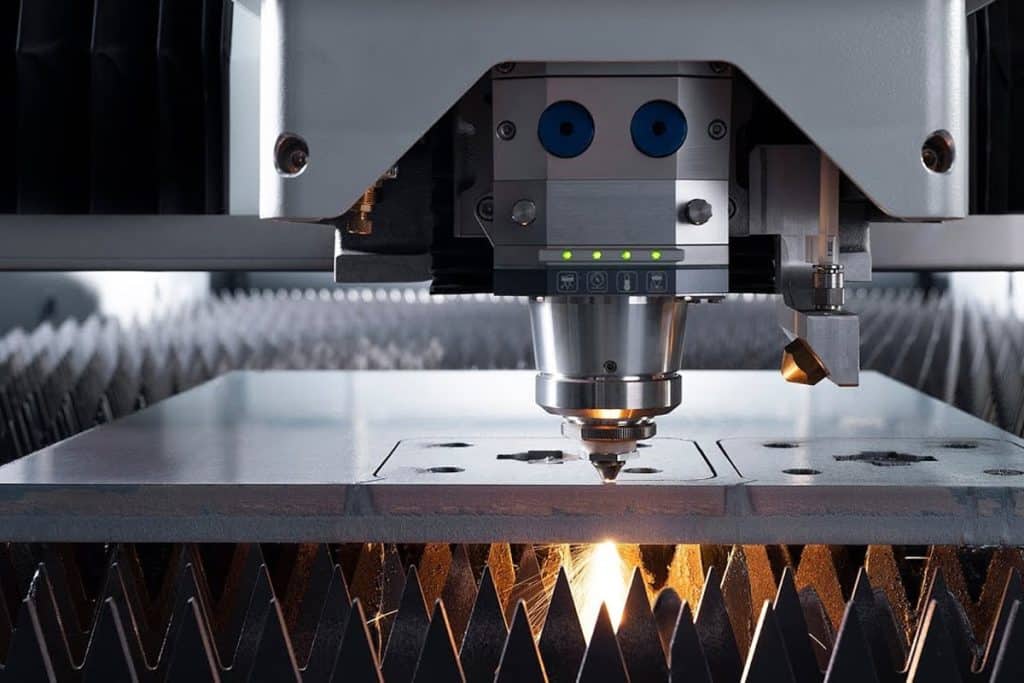
A Comprehensive Guide to Determining Laser Power for Laser Cutting Machines
This article mainly introduces how to determine and optimize the laser power of the laser generator to improve the accuracy, efficiency, and stability of laser cutting and welding.
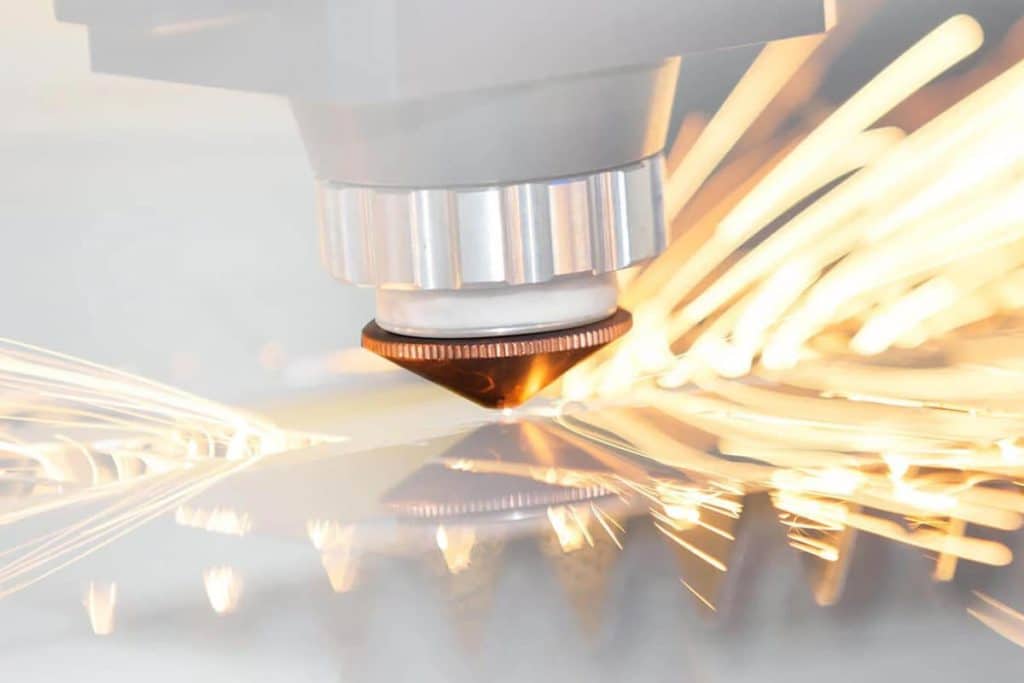
Laser Cutting Machine Nozzle Guide
This article mainly introduces nozzle types, sizes, materials, and factors affecting performance, helping you choose the right nozzle and improve cutting accuracy and efficiency.
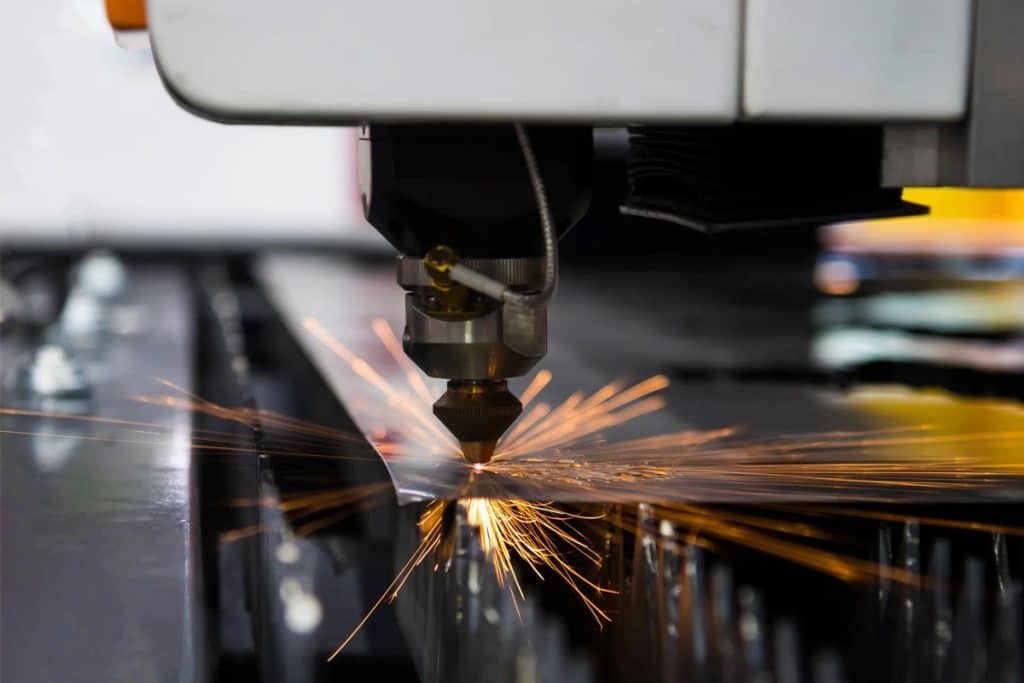
The Influence of Auxiliary Gas Selection on Laser Cutting Process
This article mainly introduces the role and selection strategy of auxiliary gas in the laser cutting process, analyzes the impact of different gases on cutting quality, and proposes an optimization

